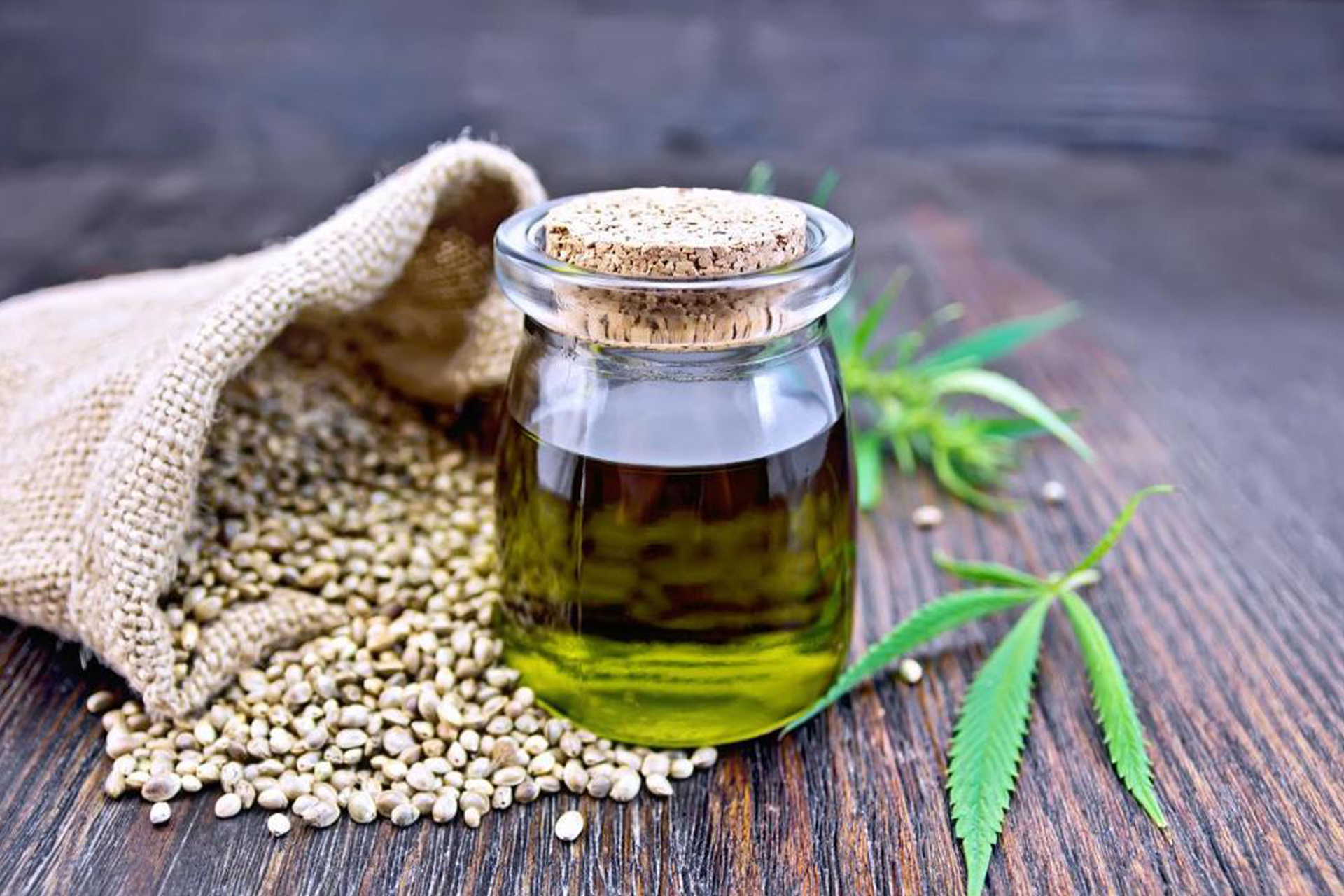CBD:
Cannabidiol, a naturally-occurring cannabinoid found in the hemp plant. People use CBD for pain, inflammation, stress and anxiety, skin conditions, and more.
CBD Oil:
A term for CBD mixed with another oil, such as MCT or hemp oil. CBD oil is generally meant to be absorbed in the mouth or put in a capsule for digestion by the liver. CBD is itself an oil, so the term may also refer to an ingredient in another CBD product such as a gummy.
Cannabinoid:
A term for dozens of naturally-occurring compounds found in the hemp plant and which react with the human endocannbinoid system.
Cannabis:
A term which encompasses industrial hemp, CBD hemp, and THC-containing cannabis, also called marijuana.
Edible:
A CBD product meant to be swallowed and digested by the liver. An edible can be something which is mostly CBD, like a gummy, or something where CBD is part of the product, like a nut butter or a tea.
Endocannabinoid System:
Endocannabinoid: Endo is Greek for within, and endocannbinoid refers to a cannabinoid produced by the body, as opposed to introduced from a natural source such as a hemp plant. There are two known endocannabinoids in humans and research is ongoing. A complex and fairly newly discovered system in all animals. It has a role in regulating dozens of parts of the body, like the immune system, pain sensation, mood, appetite, sleep cycles, appetite, and more. It is the endocannbinoid system which combines phytocannabinoids like CBD with internally produced cannabinoids to bring the benefits of CBD to its users. The endocannabinoid system relies on cell receptors called CB1 and CB2 to take their cue from the cannabinoids which activate the receptors.
Entourage effect:
When several cannabinoids work together to increase the effect beyond what any one of them would create on its own. Full-spectrum (lots of cannabinoids, including THC) and broad-spectrum (lots of cannabinoids but no THC) CBD formulations can create an entourage effect for some users.
Epidiolex:
CBD is primarily a consumer product which can be purchased without a prescription. Epidiolex is the only currently approved CBD pharmaceutical. It is a high-concentration purified CBD formulation combined with cinnamon oil and it is approved for some difficult-to-treat varieties of childhood epilepsy.
Hemp:
Hemp is cannabis which has very low levels of THC. Hemp which also has low levels of CBD is used for industrial applications like cloth, and its seeds and oils are a food product. Hemp with higher CBD levels is generally used to make CBD products.
Hemp oil:
The oil of the hemp plant from the parts of the hemp plant with few or no cannabinoids, such as the seeds, leaves, and stalks. Hemp oil is sometimes combined with CBD to make a hemp-only CBD oil.
Inflammation:
The process by which the body’s immune system fights off invaders from outside the body, such a splinter, bacteria and viruses, or a dangerous chemical like cigarette smoke. Normally inflammation is a beneficial response which we all depend on to be safe, but sometimes the immune system can overreact and create too much inflammation or inflammation when there is no outside invader at all.
MCT:
Medium-chain glyceride. MCT is a common carrier oil for CBD because of its ease of absorption by the body.
Novel Foods:
The UK and EU regulate the introduction of novel foods, which is any food which was not popularly consumed in the UK or EU before 1997. The Food Safety Agencies of the UK and the EU are creating regulations for CBD. The UK’s regulations are largely complete and new standard go into effect on March 31, 2021. The EU is still exploring how it will regulate CBD over the long term.
Phytocannabinoid:
A cannabinoid derived from a plant source. Many plants have tiny amounts of cannabinoids but the hemp plant is unique in producing large amounts of them.
Receptor:
The part of a cell which receives instructions from “messenger molecules.” In the case of CBD, it binds to the CB1 or CB2 receptors to give the cell instructions which in turn relieve excess inflammation or create a calming effect.
Sublingual:
Latin for “under the tongue.” Many CBD oils call for you to administer the CBD sublingually. You put the CBD oil under the tongue and all it to be absorbed by the glands there and delivered quickly and efficiently to the body.
Terpenes:
Aromatic compounds found in many plants. The smell of citrus oil comes from a terpene. Terpenes occur naturally in cannabis plants and some CBD makers include terpenes in their forumulas.
Tincture:
A term for an animal or plant extract dissolved in ethyl alcohol. Some CBD oils are tinctures – the CBD oil and alcohol. Another example of a tincture is the vanilla extract you may have in your cupboard. Some CBD companies use the term tincture as a catch-all for any liquid CBD meant to be taken sublingually, even if there is no alcohol.
THC:
Tetrahydrocannabinol, the psychoactive part of a cannabis plant which makes the user high. The amount of THC in a CBD product is closely regulated by law to no more than .2% in the EU and the UK.
Vape:
Vapes are devices which heat CBD oil or flower to a specified temperature to activate the CBD and other beneficial compounds such as other cannabinoids or terpenes. It is distinct from smoking, which burns the flower and completely combusts it. Vapes were first used for nicotine products and are commonly used for THC cannabis. It is a growing category of CBD.



